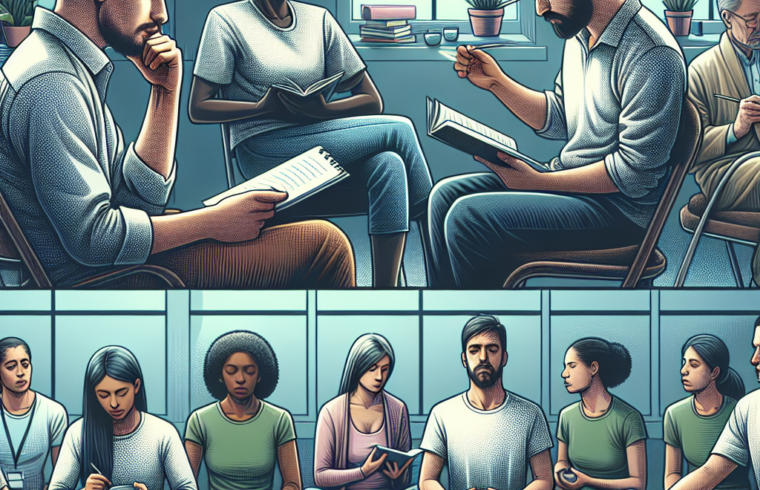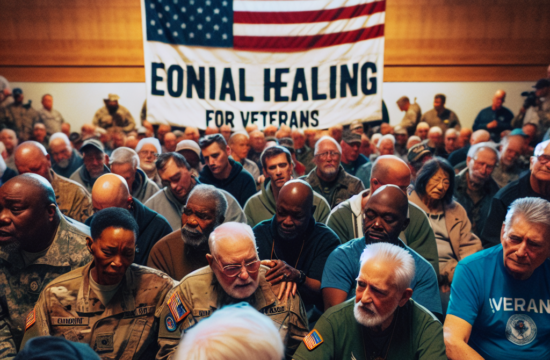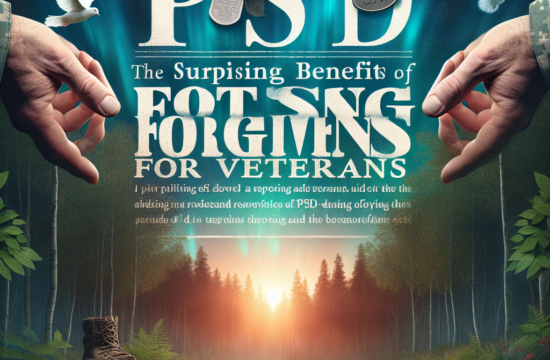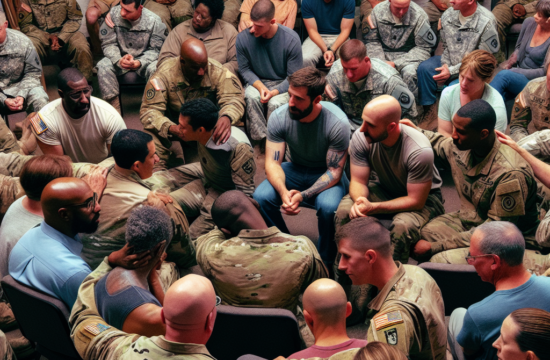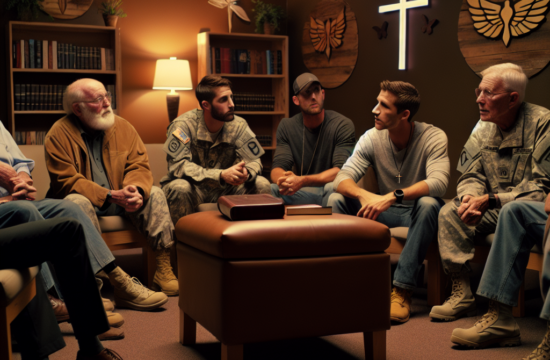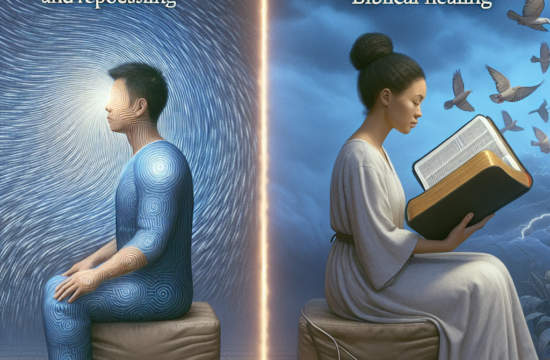==> Thank you for reading this post! Click Here If you are looking for support and Victory over PTSD.
Creating a Safe Environment
Understanding Your Space
Creating a safe environment is crucial for trauma recovery. In my own experience, it started with understanding the space that I was in. I had to examine not just the physical surroundings but also the emotional vibrations that filled the air. For instance, decluttering my room helped tremendously. It was like removing the cobwebs from my mind!
I also learned that personal touches—like artwork, plants, or a cozy blanket—can drastically change how you feel in a place. Surrounding yourself with things that bring joy creates a welcoming atmosphere that is essential for recovery.
Finally, I started listening to my body. If a particular spot made me uneasy, I knew I had to rethink that space. It’s all about tailoring your environment to reflect safety and comfort.
Establishing Boundaries
Setting boundaries is another game changer in trauma recovery. I found out that it’s okay to say “no” or to step back from situations or people that instill anxiety. It might feel selfish at first, but it’s important to prioritize your mental health.
These boundaries also extend to social media—sometimes, a digital cleanse is just what the doctor ordered. I unfollowed accounts that made me feel inadequate and only surrounded myself with positive influences.
Remember, boundaries help protect your energy. While being accommodating is nice, you are not a doormat, and learning to stand up for yourself can feel empowering and helpful in the recovery process.
Utilizing Sensory Tools
I found that introducing sensory tools into my life helped ground me during moments of distress. This could be anything from weighted blankets to essential oils. Each tool is a small step towards creating an environment that promotes healing.
For instance, I love aromatherapy—lavender oil has a calming effect that helps me reset whenever I’m feeling overwhelmed. It’s these little nuggets of comfort that make a big difference.
In essence, making your environment work for you is key. By focusing on sensory tools, you’re not just creating a safe environment; you’re crafting a haven that echoes comfort and tranquility.
Practicing Mindfulness
The Power of Breathing
Mindfulness sounded so cliché to me at first, but come on, I had to give it a shot. One practice that soared in my journey was focused breathing. Just a few minutes a day of deep, intentional breaths can help clear the cobwebs of anxiety.
Whenever I felt those waves of panic start to wash over me, I’d pause and redirect my focus to my breath. It’s wild how just controlling my breathing helped me seize back control—it felt like reclaiming my own power.
Even on days when nothing seemed right, a simple breathing exercise calmed my chaotic thoughts. It felt like pressing a reset button on my brain, allowing me to approach each situation with a clearer mindset.
Being Present
Another massive element of mindfulness is learning to be present. This means putting down your phone and fully engaging in whatever you’re doing. I used to multitask like it was a badge of honor, but I realized it only added to my anxiety.
Now, I dedicate time to things like cooking or going for walks, focusing entirely on those experiences. For example, I find it an adventure to notice the scents, sounds, and sights around me. It sounds simple, but it’s incredibly grounding.
This practice of presence has been transformational. It allows me to appreciate simple moments and stay grounded in what is real, stripping away the chaos that trauma tends to amplify.
Gratitude Journaling
Lastly, I stumbled upon gratitude journaling, and wow! The shift in perspective was phenomenal. Every evening, I jot down a few things I’m thankful for. This practice redirects my focus from the harsh realities of trauma to the beauty and positivity in my life.
At first, it was hard to come up with things; the trauma had clouded my vision. But soon, I found joy in the tiniest details—a warm cup of tea, the sun shining, or even just a good laugh. It’s like flipping a switch in my brain.
Gratitude cultivates positivity, and by recognizing the good, I’ve built a robust mental framework that supports my recovery journey. It doesn’t erase the trauma, but hey, it certainly softens its grip on my daily life.
Engaging in Physical Activity
Finding Your Rhythm
I’ve learned that engaging in physical activity plays a major role in trauma recovery. For me, it’s about finding that rhythm that resonates. Whether it’s dancing in my living room or a brisk walk around the park, moving my body is liberating.
Trust me, you don’t need to jump into a hardcore workout regimen right away. Start with what feels good for you. Even a few stretches can break the hold that trauma has on your body and mind. It’s about reestablishing that connection with yourself and your body.
Moreover, physical activity releases endorphins, which help elevate your mood. You get into this groove, and before you know it, you feel lighter and filled with an energy that’s been missing for too long.
Get Support and Help with Recovery! Visit us for more Information and Support
Finding Joy in Movement
Another tip is to find joy in movement. Don’t see it as a chore; rather, it’s a time for self-love and expression! I made it a point to try different activities, like yoga or dance classes. Just go with what makes your heart sing!
When you find that connection, it can transform your recovery journey. Cementing joy into these activities helps you detach from the trauma, focusing on your body and its capabilities rather than what it went through.
Having fun while moving your body is a delightful win-win for trauma recovery. You’re not only exercising but also bringing positivity and light into your life.
Nature Therapy
Nature has this wonderful way of inspiring tranquility. I personally fell in love with taking my workouts outside. Whether it’s running on a trail or doing yoga in the park, I found the elements around me nourish my spirit.
Nature becomes a stationary partner in your recovery. The freshness of the air, the rustle of leaves, and the warmth of the sun work wonders in reminding me that there’s beauty out there, even in my healing process.
The connection with the natural world can further evolve into a therapeutic experience, helping to quiet my mind while invigorating my senses in a way that’s just plain good for the soul.
Seeking Professional Help
Finding the Right Therapist
This last strategy is a giant leap in the recovery journey: seeking professional help. It was tough for me at first; opening up about my trauma felt like stepping into a lion’s den. But the right therapist can change everything.
Take your time in finding someone who resonates with you. Seek out professionals who specialize in trauma recovery and whose approach aligns with your personal needs. I learned that it’s okay to switch therapists until you find the one that fits your vibe.
Remember, this isn’t about finding a miracle worker but rather a guide to help navigate the stormy waters of recovery. They can provide insights and coping strategies that can make all the difference in your journey.
Engaging in Group Therapy
Another supportive avenue is group therapy. Honestly, I was hesitant at first, fearing judgment. But there’s a profound sense of community in sharing experiences with others who get it. It’s a space of understanding, support, and healing.
These sessions have provided me with validation and lessons from others’ experiences. There’s something encouraging about standing in solidarity with people who understand the struggles of trauma.
The stories shared and the tools learned within a supportive group can bolster one’s journey toward recovery. It’s like joining a tribe that lifts you up, rather than shunning you for your pain.
Embracing Medication if Necessary
Lastly, medication might be necessary for some on their path to recovery. This was a topic I struggled with initially—wondering if relying on medication would signify weakness. But I had to realize that it’s just another tool in the toolbox.
Consulting with a health professional can help you weigh the options based on your unique situation. It’s not a permanent solution for everyone, but when needed, it can provide that little extra push toward stability.
Combining medication with therapy, support groups, and self-care strategies can create a multi-faceted approach to trauma recovery. It’s all about whatever works best for you in this journey!
Frequently Asked Questions
1. What is the most important step in trauma recovery?
Creating a safe and supportive environment is foundational. When you feel secure, it opens the door for healing and the ability to process your experiences more effectively.
2. How can mindfulness help with recovery?
Practicing mindfulness helps you stay present and aware of your thoughts and feelings without judgment. It acts as a stabilizing force, allowing you to better navigate emotional upheaval.
3. What type of physical activity is best for trauma recovery?
Any physical activity that you enjoy is beneficial! Whether it’s yoga, walking, dancing, or even gardening, incorporating movement into your daily life can help improve mood and mental clarity.
4. How do I find the right therapist?
It’s essential to find someone who resonates with you. Consider seeking out therapists specializing in trauma and don’t be afraid to interview potential matches until you find the right fit.
5. Is medication a good option for everyone?
Medication can benefit some individuals while others may find it unnecessary. It’s essential to consult a healthcare provider to discuss your options and find what might work best for you.

